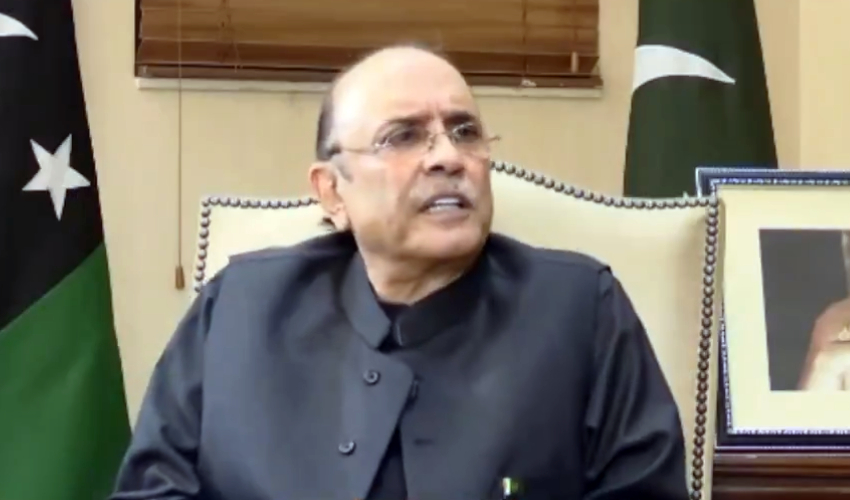A stark warning has been issued by the Federal Aviation Authority (FAA), indicating that individuals on Earth may face the threat of falling satellites, with a likelihood of injury or even death occurring as frequently as every two years.
The ominous report, commissioned in response to growing concerns about space debris, highlights the exponential growth of SpaceX's Starlink space internet satellite constellation as a major contributing factor.
SpaceX's satellite deluge
According to the FAA's alarming findings, if SpaceX continues its expansion of the Starlink satellite network, a staggering 28,000 individual satellite components could plummet from the sky each year by 2035.
The probability of one of these satellites surviving re-entry and causing harm on the ground is estimated to be 0.6 per year, equivalent to a potential catastrophe every two years.
Additionally, the report raises concerns about the potential risks posed to aircraft, suggesting that the probability of a satellite downing an aircraft could reach 0.0007 per year by 2035. These findings have intensified worries about the safety of both the skies and the Earth's surface.
Regulation
The FAA's report also underscores the urgent need for increased regulation to mitigate the dangers posed by falling space debris. As it stands, the FAA lacks authority over launches conducted beyond U.S. borders, highlighting a critical gap in international governance of space activities.
In the absence of a unified global approach to space debris, the report primarily focuses on SpaceX's satellite constellation, which has already deployed over 5,000 satellites and plans for further expansion.
The FAA asserts that SpaceX alone represents over 85% of the risk to people on the ground. However, it's worth noting that the report does not delve into similar satellite networks planned by other countries, such as China's ambitious Guowang space internet project.
SpaceX challenges report's findings
In response to the FAA's dire predictions, SpaceX has contested the report's methodology and conclusions. David Goldstein, the company's principal engineer, has claimed that the analysis used to calculate the risk is "deeply flawed" and is based on inaccurate assumptions about the potential danger posed by SpaceX's satellites. Goldstein asserted that SpaceX's satellites are more likely to burn up upon re-entry than the report assumes.
As concerns about the growing menace of falling satellites and space debris mount, calls for international cooperation and comprehensive regulations to safeguard both Earth and space continue to intensify. The fate of our skies and the safety of individuals on the ground may hinge on swift action and a collective commitment to addressing this looming crisis.



























